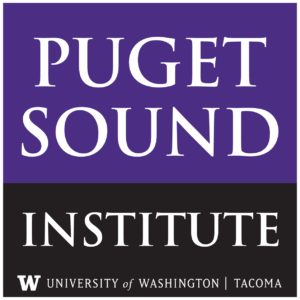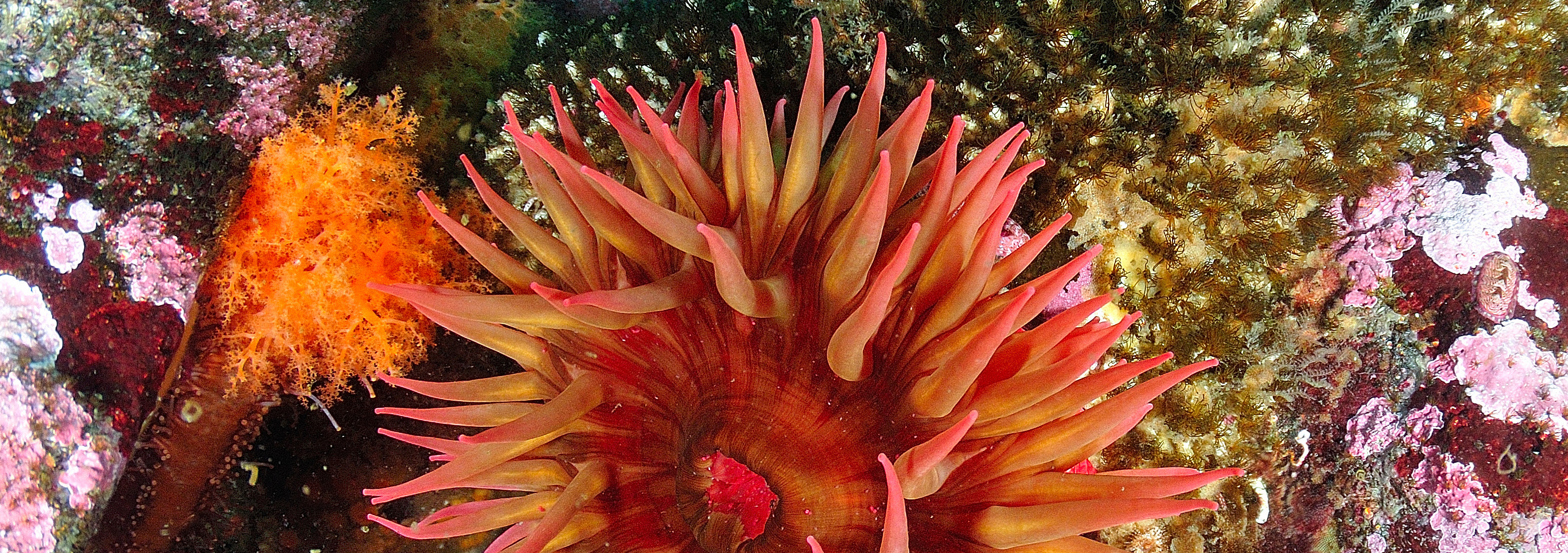When a scientist wades into an eelgrass bed or measures the weight of a Chinook salmon, their connection to the environment is clear. Much of what we know as the ‘scientific process’ takes place on the ground at a local scale. Measurements and observations are made and extrapolated. Scientists get their feet wet. But what […]
November 10, 2016

The impacts of rogue chemicals on Puget Sound
In early 2016, scientists at NOAA made headlines when they reported finding 81 different man-made chemicals in the tissues of juvenile chinook salmon in Puget Sound. Among those chemicals were drugs such as cocaine and Prozac. This was the first time scientists had made these findings for the region’s salmon, but it has been well-understood that marine […]
October 20, 2016

Removing Puget Sound’s ‘Great Wall’
Can we really wait 700 years to remove all of the armoring along Puget Sound’s shoreline? Let’s do some of the math. Senior Writer Christopher Dunagan reports in Salish Sea Currents this week that armor removal now exceeds new creation by somewhat less than a mile per year. At first glance, that’s a good thing. It is a reversal […]
September 23, 2016

Second invasive green crab found in Puget Sound
Last month, Puget Sound Institute senior writer Christopher Dunagan’s series on invasive species in Puget Sound highlighted some of the state’s worries about the arrival of the European green crab. The article noted that “the threat could be just around the corner.” It could not have been more timely. Several weeks after the article was published, volunteer crab spotters led by Washington Sea Grant […]
September 19, 2016

The return of the pig
After an almost complete collapse in the 1970s, harbor porpoise populations in Puget Sound have rebounded. Scientists are celebrating the recovery of the species sometimes known as the “puffing pig.” Eric Wagner reports for Salish Sea Currents. Need even more harbor porpoise facts? Read an in-depth profile from the SeaDoc Society prepared for inclusion in the Encyclopedia of […]
August 31, 2016

Clam hunger: environmental impacts on food and well-being
A story this week in Salish Sea Currents delves into the connection between environmental change and culturally important foods. Writer Sarah DeWeerdt interviewed social scientists at the 2016 Salish Sea Ecosystem Conference about how this affects the spiritual and physical health of Salish Sea tribes and first nations. “The loss of subsistence and cultural identity cannot […]
August 19, 2016

The secret lives of forage fish: Where do they go when we aren’t looking?
Some of the most important fish in the Salish Sea food web are also the most mysterious. Researchers have only begun to understand how many there are, where they go, and how we can preserve their populations for the future. University of Washington researcher Margaret Siple reports on the secret lives of forage fish in […]
August 3, 2016

New in Salish Sea Currents: Invasive stowaways threaten Puget Sound ecosystem
Invasive species are among the three greatest threats to the environment worldwide, according to the International Union for Conservation of Nature. Species ranging from microscopic viruses to larger creatures like rodents and non-native fish can alter the balance of entire ecosystems. The threat is well-known in Puget Sound and the Salish Sea, which face their own unique challenges. This week, our […]
July 21, 2016

Killer whale miscarriages linked to low food supply
New techniques for studying orcas have been credited with breakthroughs in reproductive and developmental research. Drones and dogs are helping scientists connect declines in food supply with low birth rates and poor health. Read the story this week in Salish Sea Currents.
July 12, 2016

Salish Sea snapshots: Detecting harmful algal blooms
New technology may provide early detection of harmful algal blooms in Puget Sound. This toxic algae is expected to increase as the climate changes, bringing with it new and potentially more severe outbreaks of shellfish poisonings. Read the article by Rachael Mueller in Salish Sea Currents.
